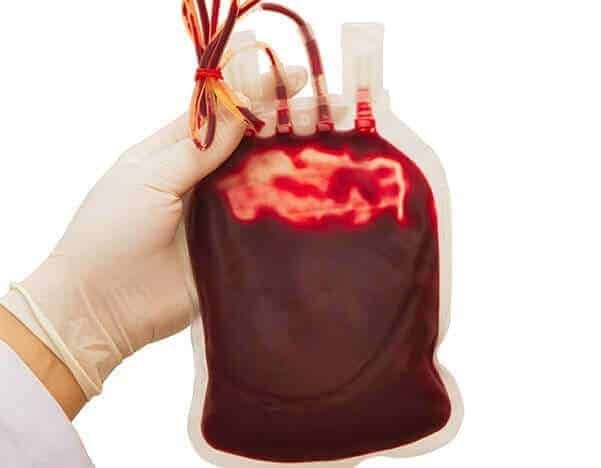Patients with heart disease who receive transfusions during surgeries do just as well with smaller amounts of blood and face no greater risk of dying from other diseases than patients who received more blood, according to a new Rutgers study.
The research, published in the journal Lancet, measures overall mortality and mortality from cardiovascular disease, cancer and severe infection, and offers new validation to a recent trend toward smaller transfusions.
For the study, led by Jeffrey Carson, chief of the Division of Internal Medicine at Rutgers Robert Wood Johnson Medical School, researchers followed 2,016 patients for as long as four years. Half received larger quantities of transfused blood; half received transfusions that were smaller by as much as two thirds.
Carson and his team found no evidence of increased mortality from cardiovascular disease, cancer or severe infection due to the amount of the blood given after surgery. This study supports Carson’s 2011 research published in the New England Journal of Medicine which demonstrated the safety of fewer transfusions in the short term – 60 days – and was one of the driving forces behind a change in blood transfusion practice nationally.
“There has been a steady decline in the amount of blood in transfusions given to patients in the past three to five years,” Carson says. “I think it is very reassuring that we have found that using less blood is okay not just from a short term perspective, but also a long term perspective.”
In the United States, an estimated 5 million people receive transfusions each year, according to the Centers for Disease Control and Prevention. They include surgery patients; accident, burn and trauma victims; mothers and babies during and after childbirth; and others whose blood counts reach levels low enough to threaten their health.
Carson says physicians performing surgeries and other procedures judge whether blood is needed based on how much they have seen the patient lose and by closely watching vital signs such as blood pressure. If physicians overestimate and provide too much blood, the patient’s circulatory system can be overloaded and breathing can be affected.
The risk of infection can also increase. “There are definite risks associated with transfusion,” says Carson. “The classic ones are hepatitis and HIV. They are as rare as being hit by lightning, but even so – why give more blood to anyone if you can’t show it benefits them?”
Carson – who chaired the American Association of Blood Banks’ official guidelines committee in 2012 – says the rule he follows is that fewer transfusions are better than more, as long as rigorous studies show no added health risk. Fewer transfusions also benefit society, he says, by preserving the blood supply and preventing shortages.
Medical experts had worried that larger amounts of transfused blood might suppress immune function – which could lead to death from infection or cancer – or whether smaller transfusions might worsen a patient’s chronic heart disease by depriving the heart of oxygen and other nutrients that it might have absorbed by pumping more blood. But in both instances Carson found no difference in long term death rates regardless of the number of transfusions.
There still are health conditions, like heart attacks, that need further research, he says. Preliminary evidence suggests those patients need more blood, not less. “We need additional studies; we need a big trial to settle that question,” Carson says.


